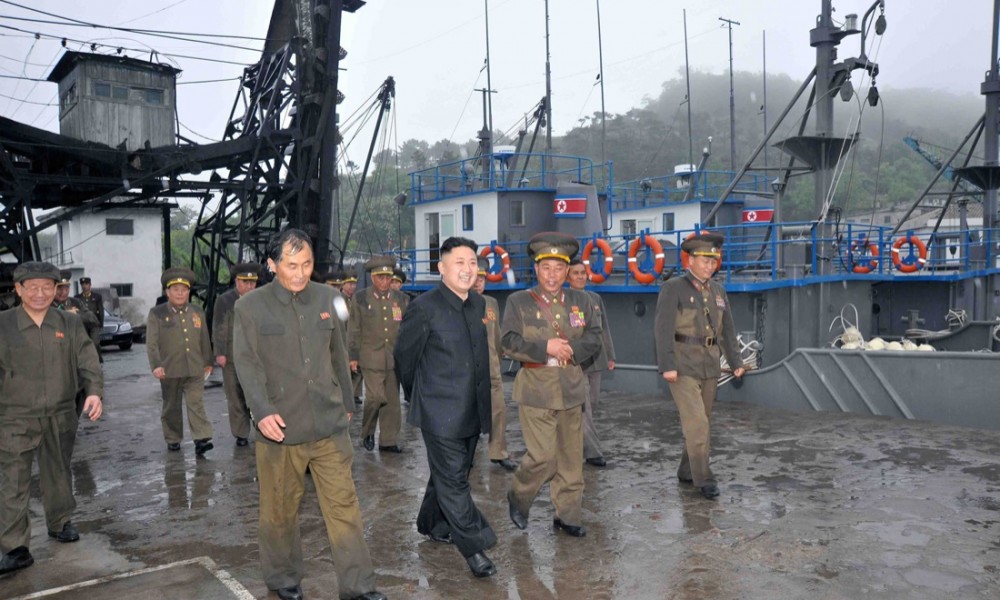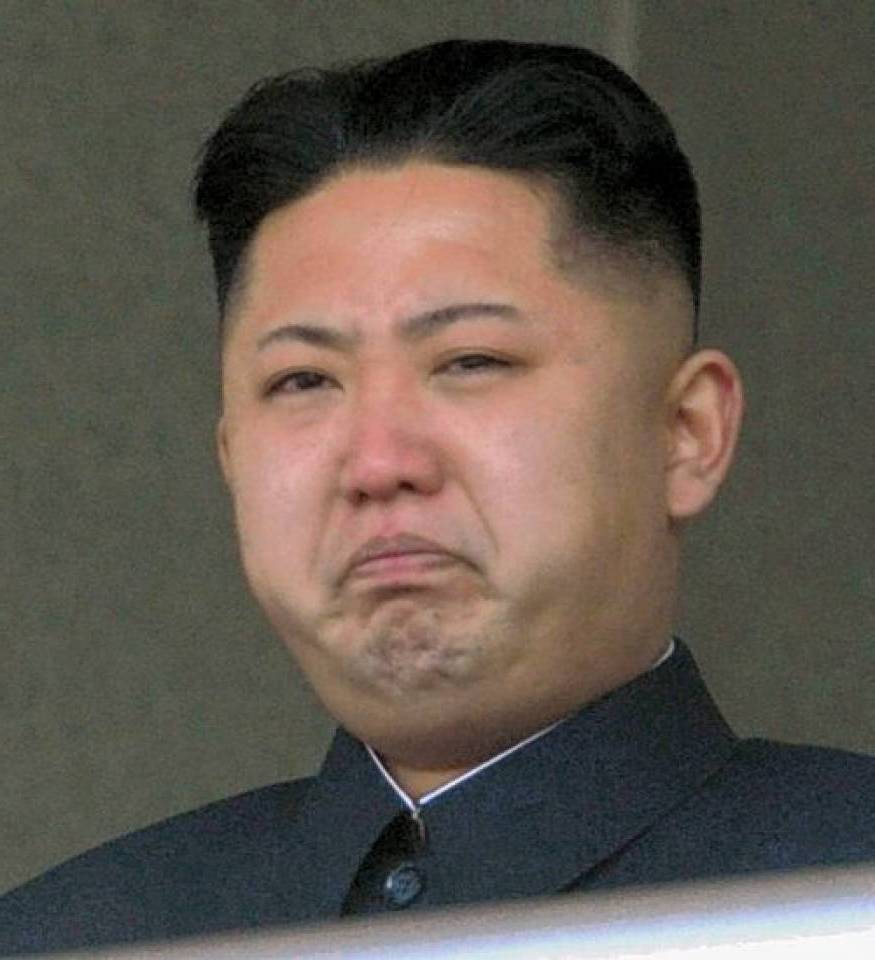One of the missiles arrived in the territorial waters of Japan, 250 km west of the Oga Peninsula, the exclusive economic zone (EEZ) of the archipelago, something that didn’t happen since 1956. Tokyo: “Serious threat.”
North Korea does not lose the good habits. This morning launched two ballistic missiles with nuclear capacity to Japan: one arrived in the territorial waters of the nipponic nation, 250 km west of the Oga Peninsula, after flying over the Sea of Japan for about 1,000 km.

The second missile, instead, would exploded shortly after the launch.
Immediate reaction of Tokyo, which spoke of “serious threat to the security of the country, an outrageous act that cannot be tolerated”, as stated the Prime Minister Shinzo Abe. The defense minister, Gen Nakatani, shortly before had explained that the missile fell into the Sea of Japan, in the exclusive economic zone (EEZ) of the archipelago, something that didn’t happen since 1956. Albeit without tangible material effects, Pyongyang proudly raised, therefore, the head.
“There were no warning signals or announcements for the test – said the government spokesman Yoshihide Suga – it is an extremely aggressive and dangerous movement from the point of view of safety of aircrafts and ships. We protested immediately with Korea North”. …which is extremely concerned about the Japanese indignation.

The North Korean test took place at 7:20 local time. According to Seoul, the missile has left the North Korean province of Hwanghwae and flew for about a thousand kilometers before ending up in the sea.
Today was displayed the latest of a series of “provocations” implemented by Pyongyang since the beginning of the year – the last launch of three rockets was on 19th July – which led South Korea and USA to deploy in Seongju an advanced missile defense system (THADD). Against the deployment of the system, which should be full operational by 2017, a few days ago North Korea warned that there would be “retaliatory military actions”. And so happened.
“Harsh” condemnation of the United States. “We are ready to respond to any future provocations of the Democratic People’s Republic of Korea, as well as to defend ourselves and our allies from attacks,” said the spokesman of the US State Department, Anna Richey-Allen.